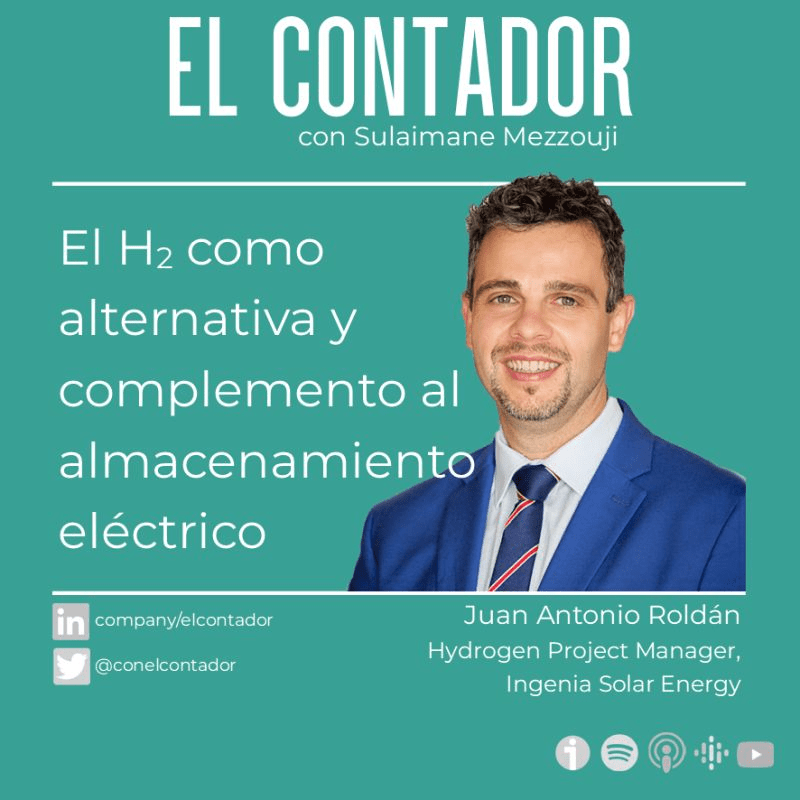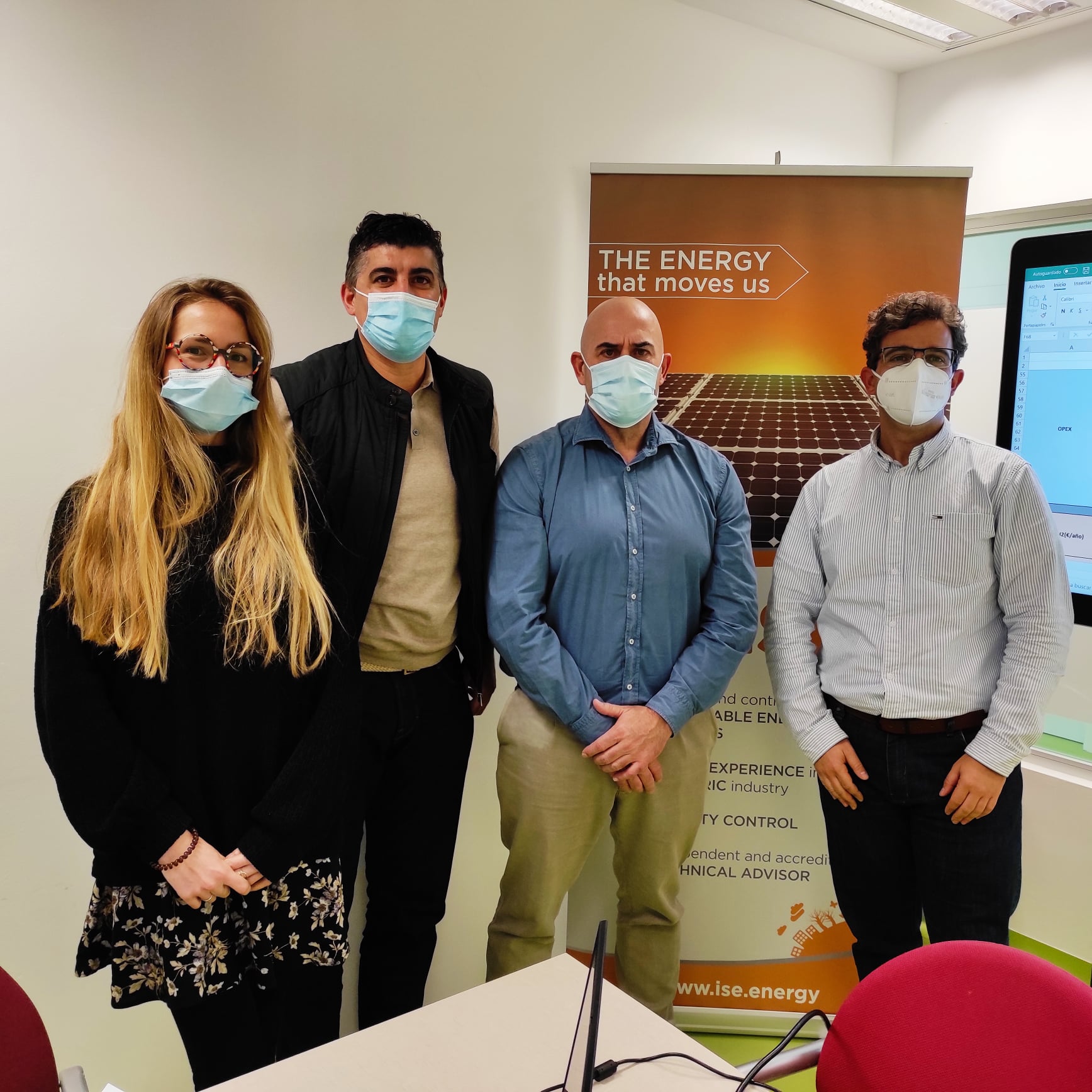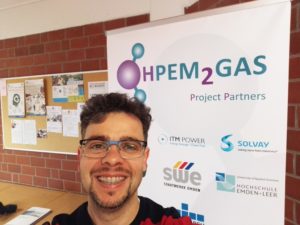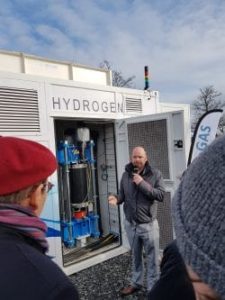The Global Map of Green Hydrogen: Leading Producers and Outlook
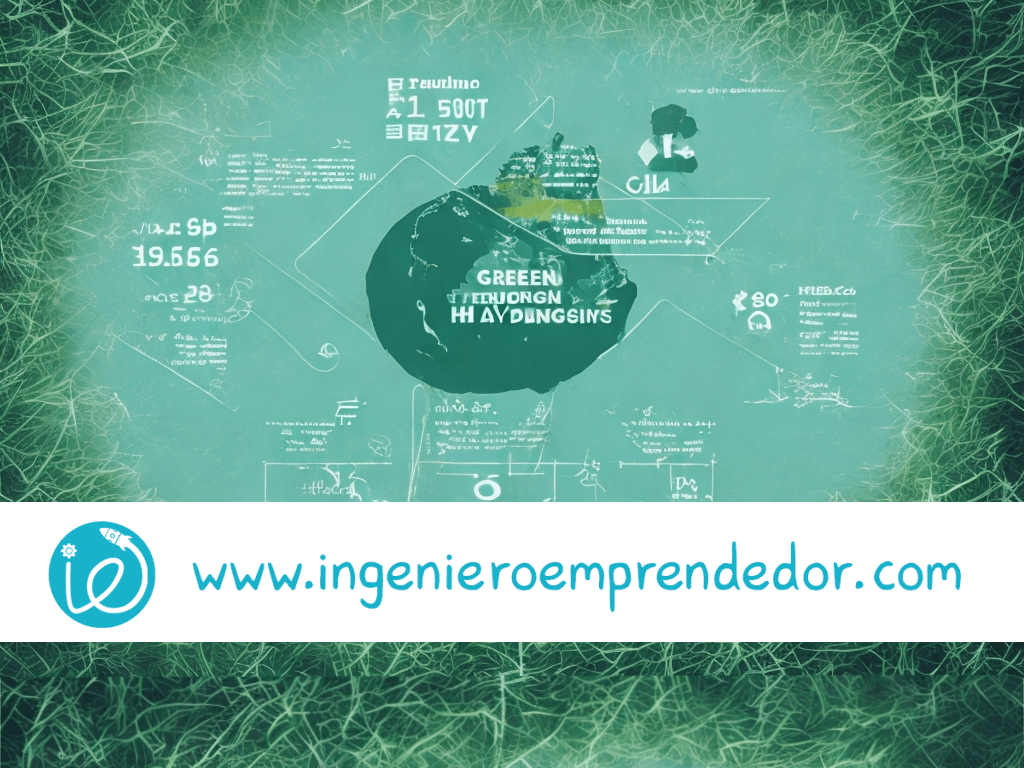
Introduction
Green hydrogen, produced from renewable energy sources, is emerging as a key component in the transition to a sustainable future. In this article, we’ll delve into who the major producers of green hydrogen are globally, their production methods, and the impact they are having on the global energy scene.
1. What is Green Hydrogen and Why Does It Matter?
Before we explore the producers, let’s understand what makes hydrogen “green.” We’ll examine its production process through water electrolysis and its crucial role in decarbonizing various sectors.
Technical Insights: Water electrolysis for green hydrogen production involves breaking down water into oxygen and hydrogen using renewable electricity, emitting zero carbon.
2. Leading the Way: Germany
Germany has emerged as a prominent leader in green hydrogen production. We’ll analyze its ambitious plans and projects, including the National Hydrogen Initiative, and its contribution to decarbonizing the industry.
Technical Insights: Germany aims to produce five gigawatts (GW) of electrolyzers by 2030.
3. The Green Giant: Australia
With vast renewable energy resources, Australia is playing a crucial role in green hydrogen production. We’ll explore how they harness solar and wind energy to lead the transition toward sustainable hydrogen.
Technical Insights: Projects like “Hydrogen Energy Supply Chain” position Australia as a major exporter of green hydrogen.
4. Nordic Pioneers: Denmark and the Netherlands
Denmark and the Netherlands are collaborating to establish themselves as leading green hydrogen producers in Europe. We’ll examine their joint strategies and innovative projects to boost production and usage.
Technical Insights: Denmark aims to become the global hub for green hydrogen by 2030.
5. Asian Innovation: Japan and South Korea
Japan and South Korea are pioneers in adopting green hydrogen technologies. We’ll look into their efforts, from production to implementation in key sectors such as transportation and industry.
Technical Insights: Japan looks to import green hydrogen, while South Korea drives local large-scale production.
6. Global Projects: Joint Initiatives and Collaborations
We’ll explore internationally collaborative projects like the European “HyDeal Ambition” and the “International Hydrogen Alliance,” aiming to propel global production and usage of green hydrogen.
Technical Insights: “HyDeal Ambition” aims to produce up to 3.6 million tons of green hydrogen by 2030.
7. Challenges and Opportunities for the Future
We’ll analyze current and future challenges in green hydrogen production and the opportunities it presents in transitioning to a low-carbon economy.
Technical Insights: Cost reduction and infrastructure expansion are crucial for sustained sector growth.
Conclusion
Green hydrogen is transforming the global energy landscape, and these leading producers are charting the course toward a more sustainable future. As demand for green hydrogen rises, international collaboration and technological innovation will remain crucial for the success of this transition to a cleaner and more sustainable economy.
